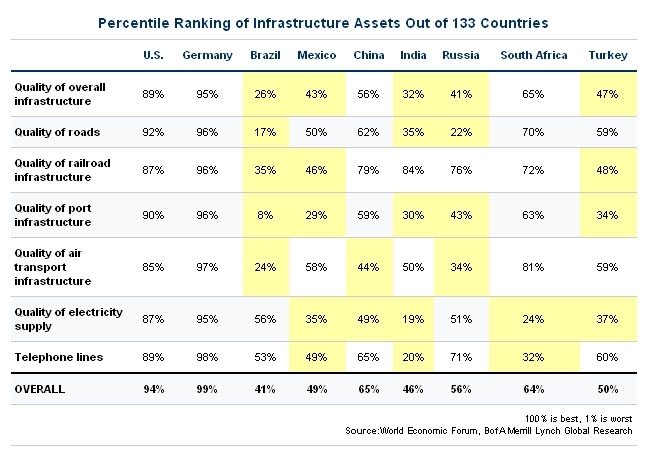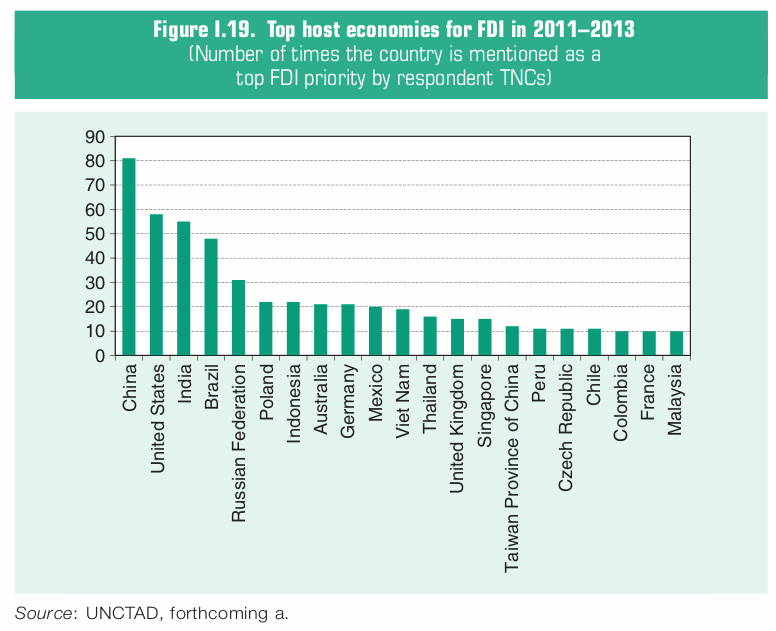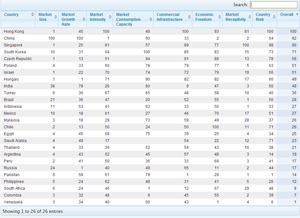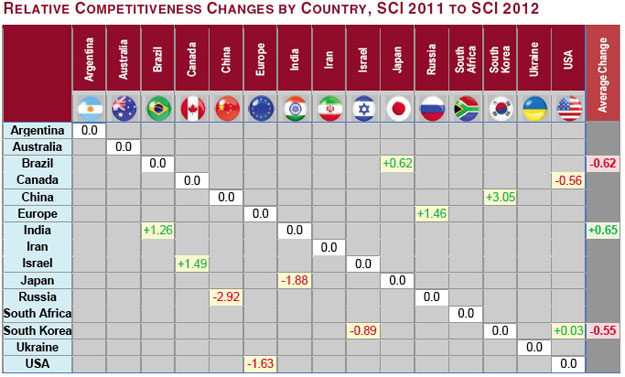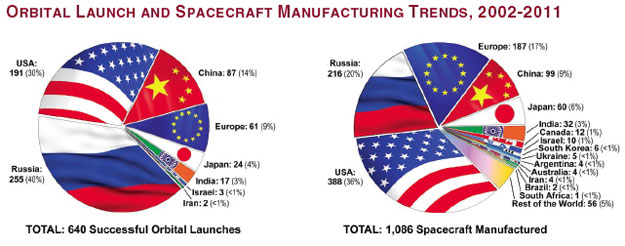- Joined
- Nov 17, 2012
- Messages
- 1,880
- Likes
- 680
BRIC
In economics, BRIC is a grouping acronym that refers to the countries of Brazil, Russia, India and China, which are all deemed to be at a similar stage of newly advanced economic development. It is typically rendered as "the BRICs" or "the BRIC countries" or "the BRIC economies" or alternatively as the "Big Four".
The acronym was coined by Jim O'Neill in a 2001 paper entitled "Building Better Global Economic BRICs".[1][2][3] The acronym has come into widespread use as a symbol of the shift in global economic power away from the developed G7 economies towards the developing world. It is estimated that BRIC economies will overtake G7 economies by 2027.[4]
BRIC - Wikipedia, the free encyclopedia
=>
E7
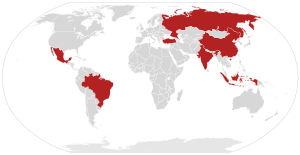
The E7 is a group of seven countries with emerging economies. The E7 are predicted to have larger economies than the G7 countries by 2020.[1]
The "Emerging 7" according to Peter Marber (author of Seeing the Elephant (2009)) states the 7 countries as follows: China, Russia, India, Indonesia, Mexico, Brazil and Turkey.
E7 (countries) - Wikipedia, the free encyclopedia
In economics, BRIC is a grouping acronym that refers to the countries of Brazil, Russia, India and China, which are all deemed to be at a similar stage of newly advanced economic development. It is typically rendered as "the BRICs" or "the BRIC countries" or "the BRIC economies" or alternatively as the "Big Four".
The acronym was coined by Jim O'Neill in a 2001 paper entitled "Building Better Global Economic BRICs".[1][2][3] The acronym has come into widespread use as a symbol of the shift in global economic power away from the developed G7 economies towards the developing world. It is estimated that BRIC economies will overtake G7 economies by 2027.[4]
BRIC - Wikipedia, the free encyclopedia
=>
E7

The E7 is a group of seven countries with emerging economies. The E7 are predicted to have larger economies than the G7 countries by 2020.[1]
The "Emerging 7" according to Peter Marber (author of Seeing the Elephant (2009)) states the 7 countries as follows: China, Russia, India, Indonesia, Mexico, Brazil and Turkey.
E7 (countries) - Wikipedia, the free encyclopedia




